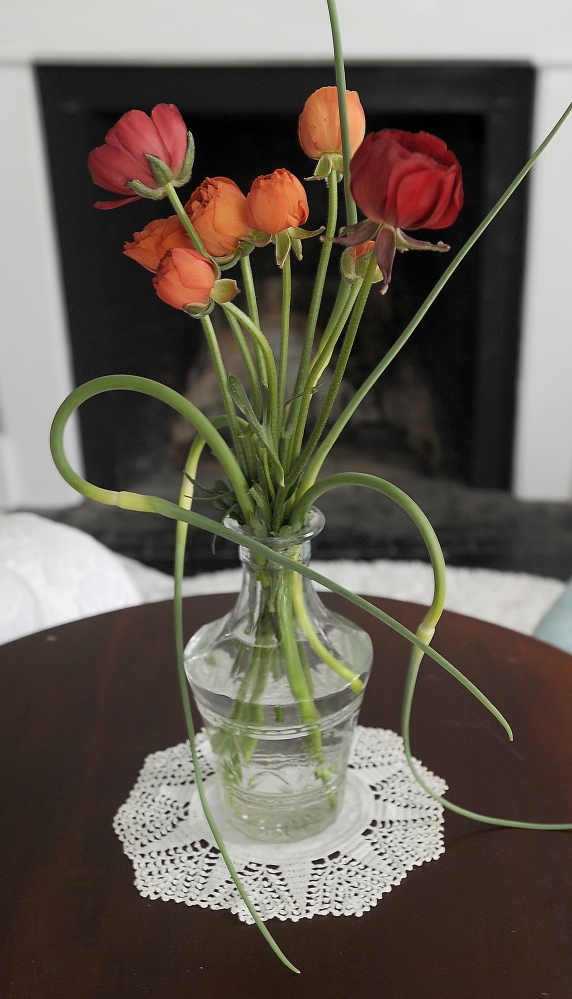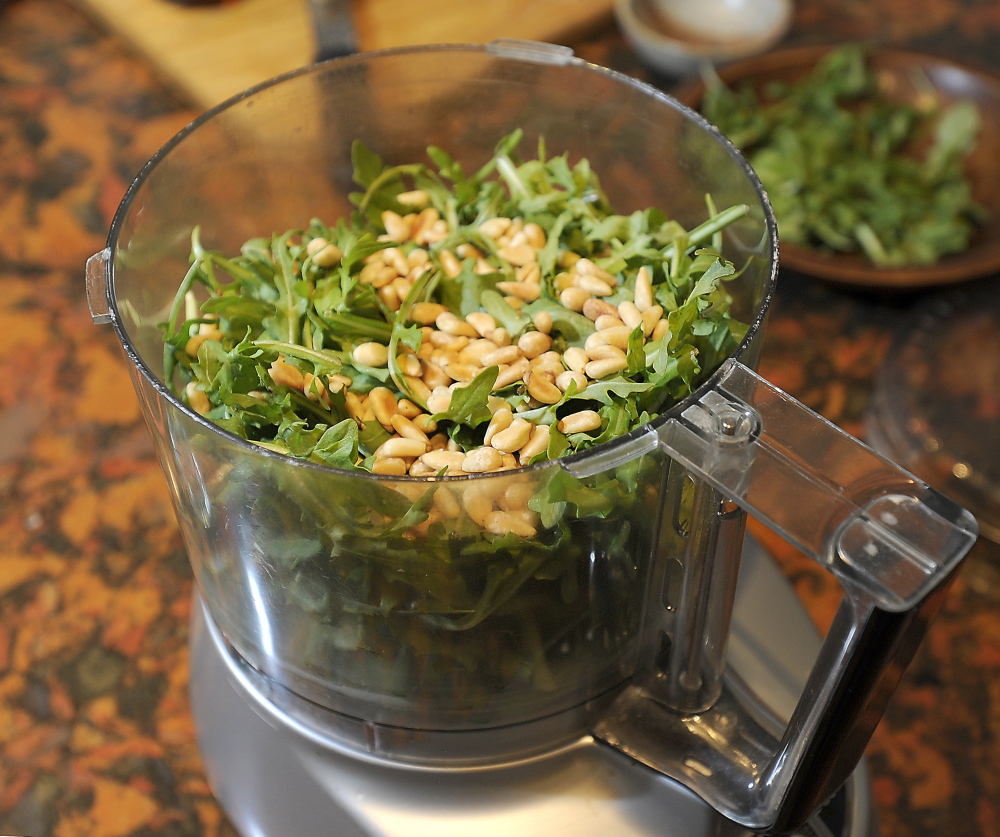Food writer Eugenia Bone’s latest book outlines an ingredient-based approach to food purchasing, preparation and consumption that she calls – both the philosophy and the book – “The Kitchen Ecosystem.”
As both an experienced cook and a dedicated food preservationist, Bone identified a recurring pattern in how she was purchasing and using seasonal ingredients. She would see a favorite, time-sensitive ingredient, say sweet corn, at the market and buy many ears. She would eat as much fresh as she could stomach, preserve more and use the scraps for some kind of culinary accessory that could elevate other dishes later in the week, month or year. Bone started drawing cladograms – branching diagrams that show how a species diverges from common ancestral lines – to help her envision how many dishes she could concoct from a couple of pounds of artichokes or apricots, mushrooms or mussels, raspberries or rhubarb.
Going back to the sweet corn example, Bone offers recipes for fresh corn and potato gratin and fresh corn ice cream. Canned creamed corn and pickled corn relish are the preserves she puts up, from which she can make shrimp corn casserole with the former and broiled seafood skewers with corn relish with the latter. She turns the spent cobs into stock she uses in a zucchini soup.
Ever since reading Bone’s book this winter, I’ve been on the prowl for the perfect seasonal item – beyond the strawberries, blueberries and tomatoes that have been part of my own kitchen ecosystem for years even if I’d not called it that previously – upon which to apply this philosophy.
I settled on garlic scapes, those curlicue shoots that grow out of the ground from hard-neck varieties of garlic nestled beneath them. Farmers harvest scapes in late spring so they don’t suck nutrients from the garlic bulbs, which need to plump up before being dug up later in the season and dried. Scapes act like scallions in the kitchen but taste like sweet garlic.
My first fresh dish would be grilled scapes, simply coated lightly with olive oil and sprinkled with sea salt once they’ve softened and charred. I’d also stir ¼ cup thinly sliced raw scapes, into my egg salad. And then I’d make a chilled potato, buttermilk and scape soup.
My preservation options – scape and arugula pesto (see recipe) and pickled scapes – both come from Marisa McClellan’s “Preserving by the Pint,” which provides measurements and techniques for small-batch canning projects. I’d slather the pesto on grilled flatbread with shredded, aged cheddar cheese, per McClellan’s suggestion. And I’d bring the pickled scapes to any brunch where either smoked salmon or Bloody Marys are to be served.
As for the waste, I’d argue that scapes are already a useful byproduct of the garlic-growing process. But if pressed on this point, I’d admit I find it easier to chop the straight part of the scape and I love the look of the very curly ends as an interesting visual in a vase of flowers from the garden.
No waste, no want.
GARLIC SCAPE AND ARUGULA PESTO
This recipe combines some strong flavors, so using half the batch sparingly on, say, grilled flatbread with aged cheddar cheese leaves the other half for a rainy day. If you love it and have scapes to spare, the recipe easily doubles. Recipe reprinted with permission from “Preserving by the Pint” by Marisa McClellan, published in 2014 by Running Press.
Makes 1 cup
8 ounces garlic scapes (about 2 bunches)
1 cup packed arugula leaves
½ cup pine nuts, toasted
¼ cup grated Parmesan cheese
¼ cup olive oil, plus more as needed
Salt and freshly ground black pepper
Chop the garlic scapes into 1-inch lengths and combine them with the arugula leaves, pine nuts and Parmesan cheese in the bowl of the food processor. Pulse until a chunky paste begins to form. Remove the lid and scrape down the bowl, if necessary.
Replace the lid and slowly stream in the ¼ cup of olive oil with the motor running; process until well combined. Taste and adjust the seasoning.
Pack the pesto into half pint jars. Cover with a thin layer of olive oil and either refrigerate the pesto for up to a week or freeze it, where it will keep up to a year.
Christine Burns Rudalevige is a food writer, recipe developer and tester and cooking teacher in Brunswick. She writes about feeding her family Maine seafood at www.familyfish.net. Contact her at cburns1227@gmail.com.
Send questions/comments to the editors.



